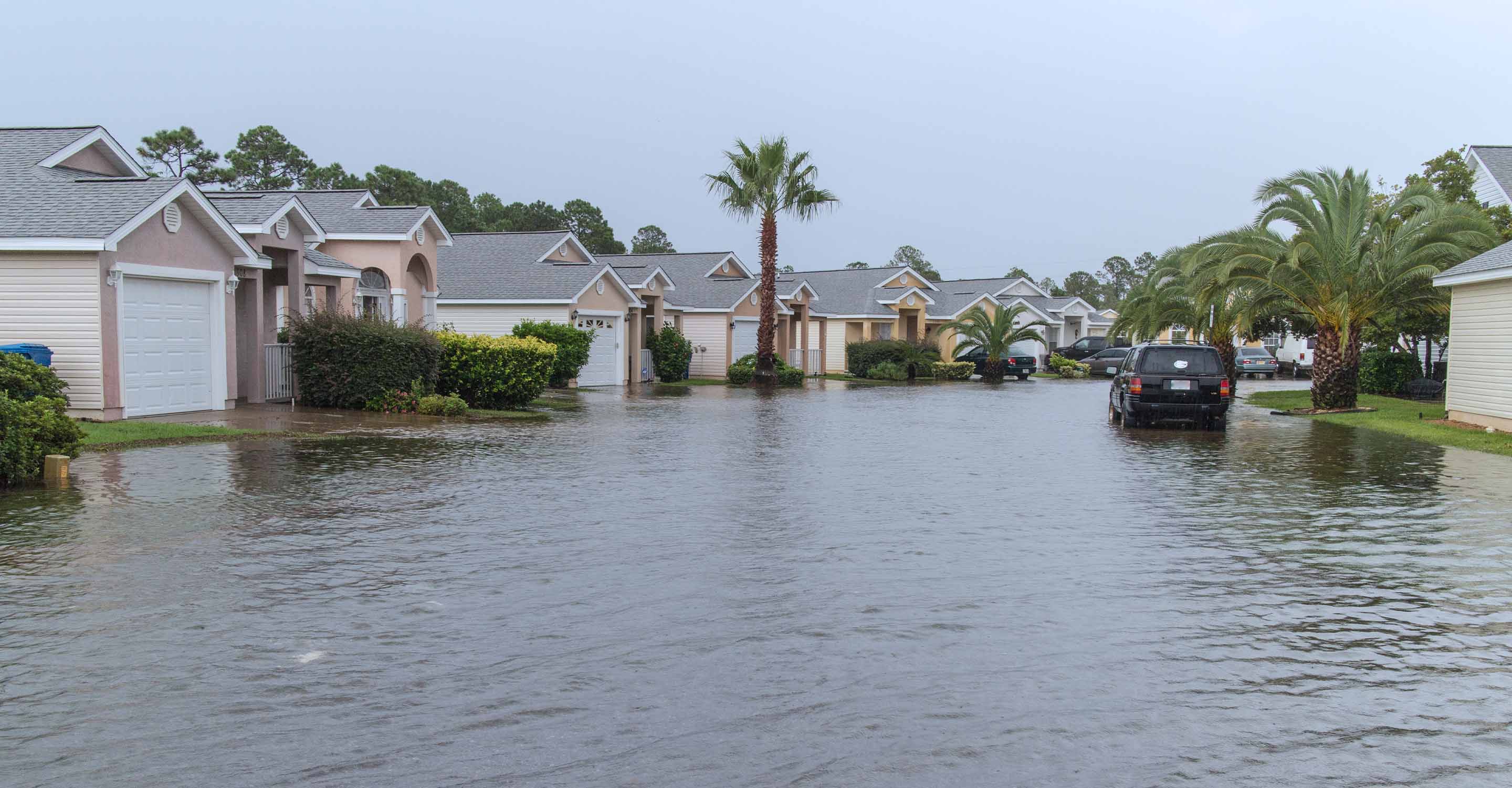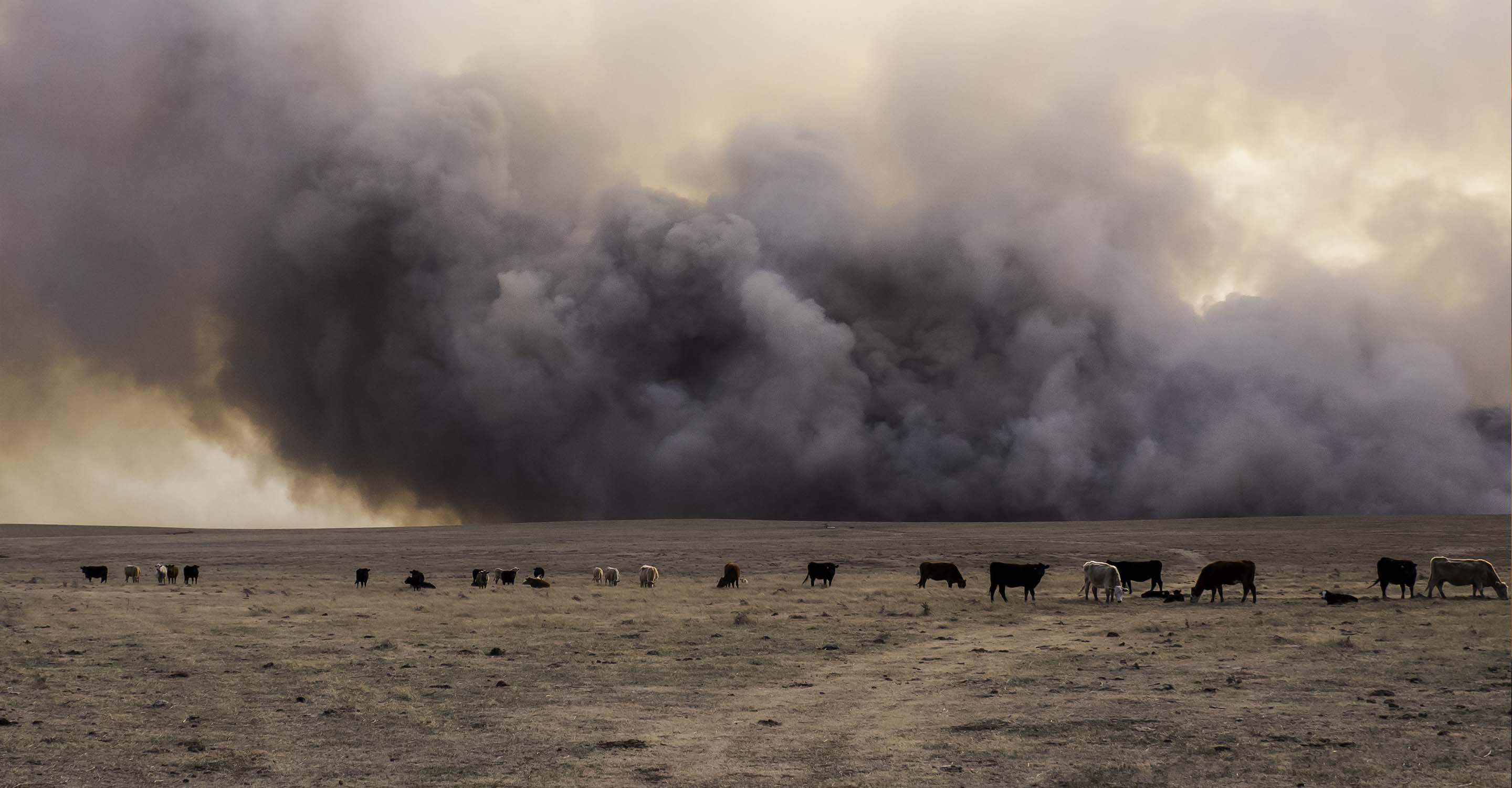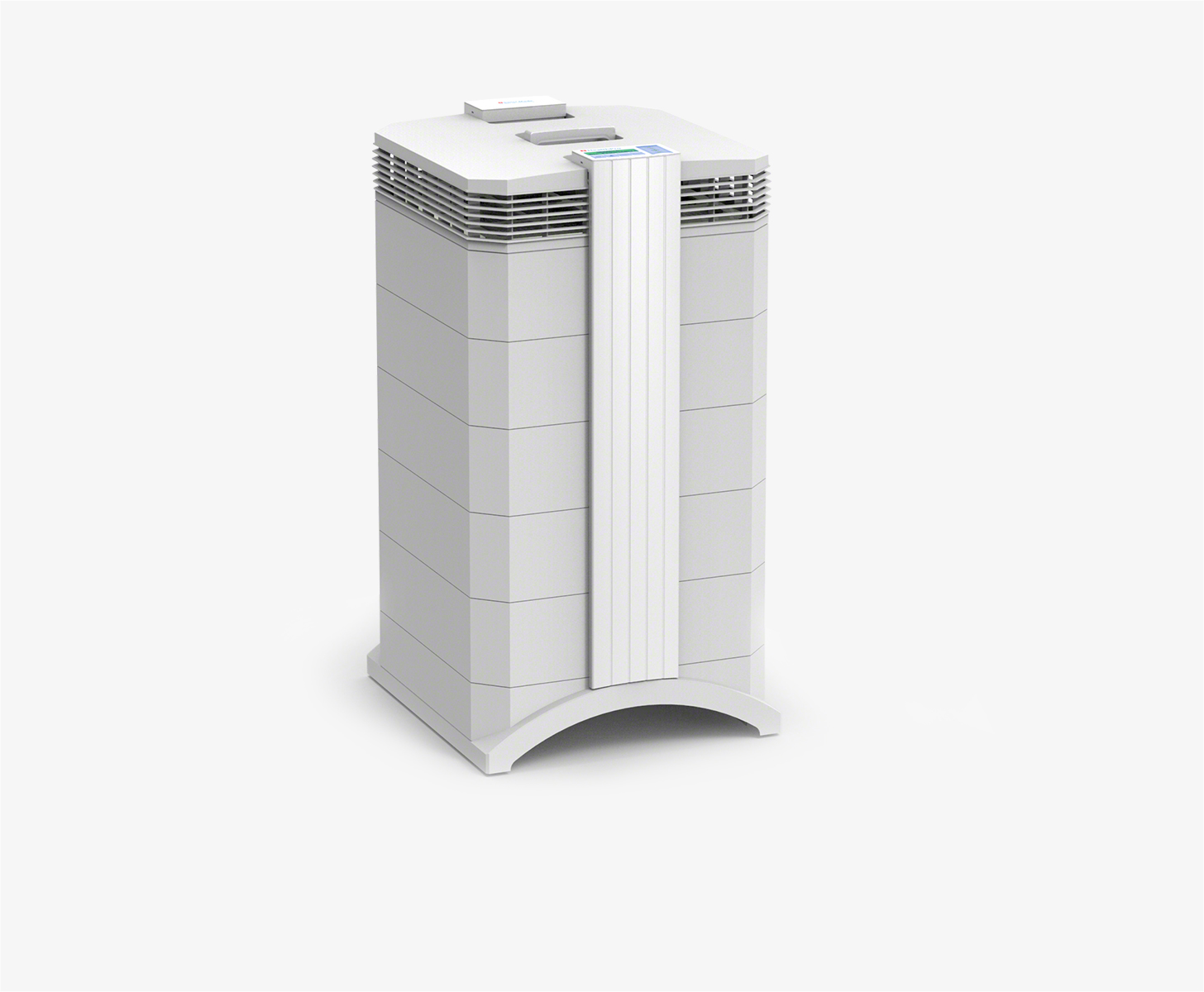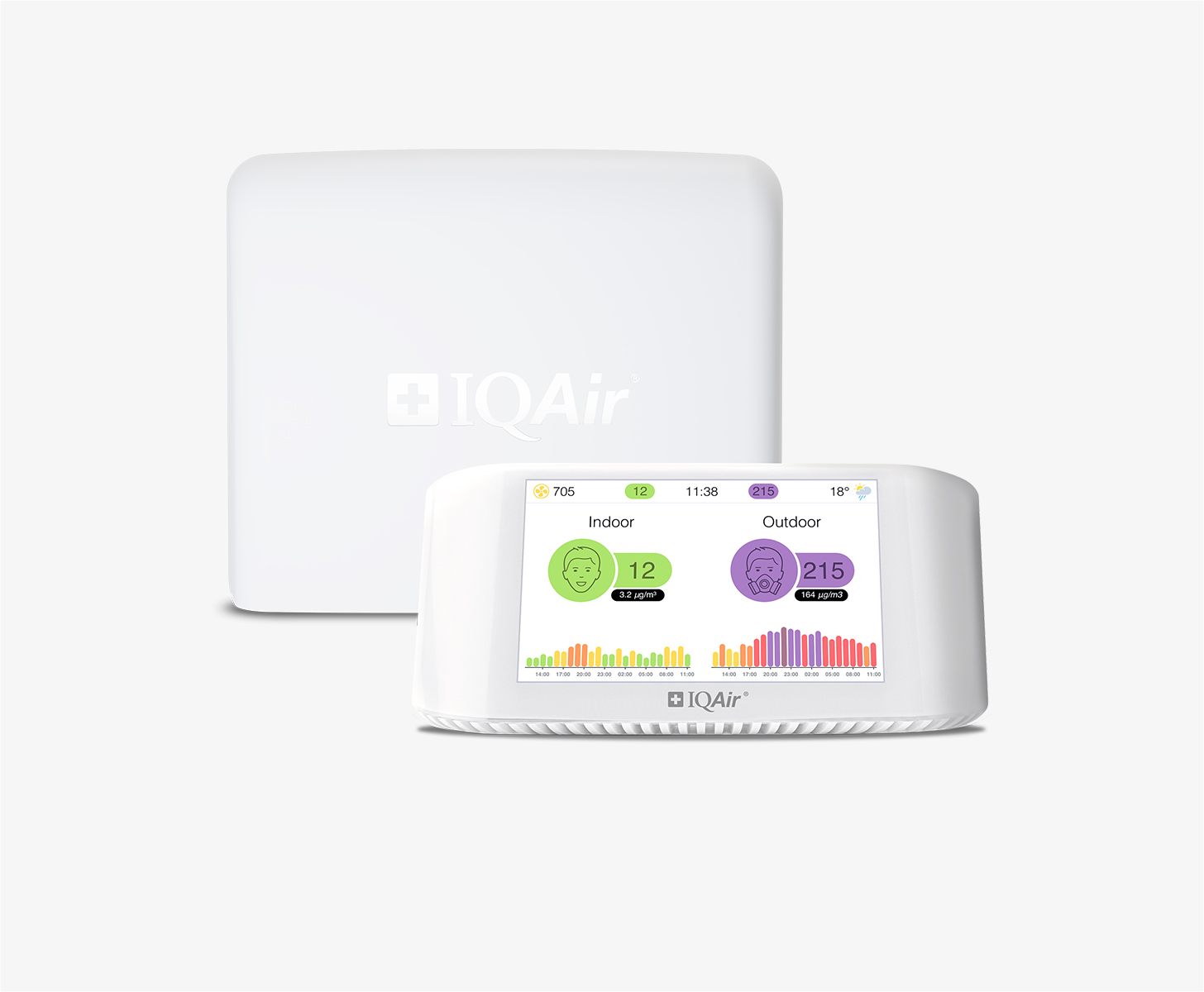Hajipur air quality map
Live air pollution map of Hajipur
4.4K people follow this city
Full screen
Contributors category
0
Government
0
Educational
0
Non-profit organization
0
Corporate
0
Individual
0
Anonymous
Station(s) operated by

*IQAir’s AQI data modeled using satellite data. Learn more
Health Recommendations
| Reduce outdoor exercise | |
| Close your windows to avoid dirty outdoor air GET A MONITOR | |
| Sensitive groups should wear a mask outdoors GET A MASK | |
| Run an air purifier GET AN AIR PURIFIER |
Hajipur does not have air sensor data
Be the first to measure and contribute air quality data to your community.
Understand air pollution and protect yourself
Hajipur MAP AIR QUALITY ANALYSIS AND STATISTICS
What interesting facts are there about air quality on the air pollution map for Hajipur?
There is a lot of very thought-provoking information about air quality on the air pollution map for Hajipur and it is very easy to access. On the main city page, there is a picture of the air pollution map which, when selected, will open a new page filled with all the new information.
When the map page is first opened, the viewer will be met by the very intense colour of the background of the map. This colour is a visualisation of the current air quality and at present is dark maroon. Colours can range from pale green and become darker as the air quality gets worse. The current colour indicates “Very Unhealthy” air quality. These colours are standard across the entire IQAir website.
There are also some coloured discs on the map which represent the locations of the ground-level air monitoring stations. Some of them may not be under the direct control of the city but are filled with useful facts about that specific area. They each display a number at their centre which is the United States Air Quality Index reading or US AQI for short. This figure is calculated by taking measurements of up to six of the most commonly occurring air pollutants found in the city air. These are usually both sizes of Particulate Matter (PM2.5 and PM10), nitrogen dioxide, sulphur dioxide, carbon monoxide and ozone. The reading can then be used as a metric when making comparisons of air quality between different cities. It is actively endorsed by the World Health Organisation (WHO).
Going back to the main city page, it can be seen in the coloured banner across the top of the screen that the current air quality is classified as being “Very Unhealthy” with a US AQI reading of 209. The colour of the banner itself also reflects this poor quality of air. The levels of all six of the prolific pollutants were measured but it is PM2.5 that is used as the benchmark. This recorded figure was 158.8 µg/m³ which is almost thirty-two times higher than the suggested target figure of 5 µg/m³ as recommended by the WHO.
Immediately below the air pollution map for Hajipur is shown the number of contributors there are and the number of stations they operate. In January 2023, there were three stations within the city under the control of the Central Pollution Control Board which is a government-controlled entity.
Is there much more valuable information about air quality on the air pollution map for Hajipur?
The rest of the information can be seen on the map page when it is viewed in full-screen mode. This is easy to achieve by selecting the appropriate icon at the top of the opening page.
When viewed in this way, a list of four choices will appear on the left-hand side of the screen. Each of these can be turned on and off to get a better idea of the effects on the map they each have.
The first option shows the locations of the ground-level air quality monitoring stations, some of which may not be under the control of the local authorities but are still filled with useful information about air quality in that specific area. If the discs overlap each other, they can be separated by slowly expanding the map. The second option shows the location of any wildfires that might be burning out of control in the vicinity. In the middle of January 2023, there were no fire icons on the map which indicated that there were no fires in the area. If fires are detected, then option four should be studied because it shows the speed and direction of the prevailing winds which will give a good indication of where the smoke may blow.
The third option is very dramatic because it changes the colour of the map to show the current air quality. If the air quality is poor, then the map will take on a very dark colour. This might be distracting to some so the option can be deactivated so that the colour scheme will revert to a more subdued style.
There is even more interesting information about air quality on the right-hand side of the screen. Here is found a table which ranks the top seven most polluted cities in the world. The rest of the world cities can be found under the full-ranking section where all participating cities are listed in descending order.
Just below the category about the contributors are listed the most polluted air quality stations. Currently, the most polluted area of the city is around the station at Muradpur, Patna – BSPCB which recorded a US AQI reading of 300 which falls under the classification of being “Hazardous”.
Below this list is another which give ranks the stations in order of their popularity. Currently, the most popular station is at Muradpur, Patna – BSPCB with over 1,700 loyal followers.
Can it be seen on the air pollution map for Hajipur where all the polluted air comes from?
The source of the polluted air is not directly shown on the air pollution map for Hajipur but it is a known fact that part of the pollution problem lies in the geographic location of the city. This part of the Gangetic plain has very few industrial units yet with the onset of winter, levels of air pollution increase. Situated between the Himalayas to the north and the Vindhya range in the south, the wind stagnates and does not have enough force to remove the polluted air. Therefore, the pollutants are not able to travel very far from here, due to which their concentration is increasing.
Particulate Matter is always quoted on the air pollution map for Hajipur, but how dangerous is it?
PM2.5 represents the technical indicator for the most dangerous suspended dust detectable in the air, especially in large cities. "2.5" refers to the size and indicates a particle of maximum 2.5 microns. Unlike larger PM10 dusts (i.e., particles with a size of at least 10 microns), PM2.5 dust penetrates deep into the lungs, are difficult to remove and causes an immune system reaction. More specifically, the body's defence cells mistake them for bacteria and try to kill them. Since they are not bacteria, the immune system cannot "kill" them, and the result is a permanent inflammation of the lung tissue. As a rule, these powders also contain active substances, which generate a lung disease process similar to that caused by smoking or ageing. Long-term exposure to fine particle pollution increases mortality and the risk of cardiovascular disease.











